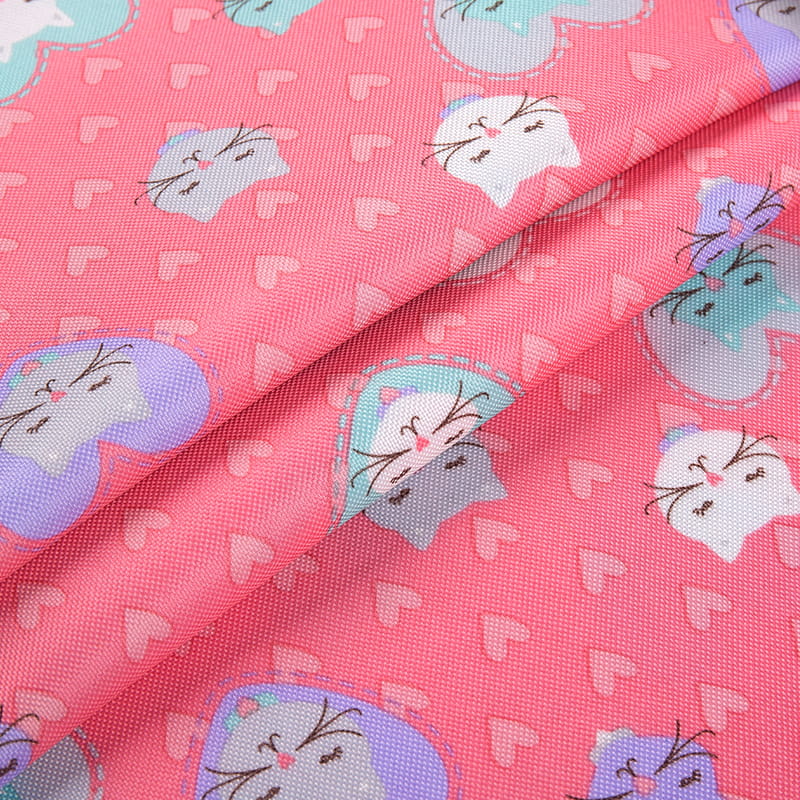
Durability is an important consideration when choosing a printing method. Thermal printing fabric and traditional ink printing methods have different characteristics in terms of durability. This article will compare the durability of thermal printing fabric and traditional ink printing methods for you and help you make an informed choice.
Washability and abrasion resistance
Thermal printing fabric is relatively good in terms of wash resistance and wear resistance. The thermal printing pattern transfers the pigment to the fabric through high temperature and pressure. This printing method allows the pattern to be better integrated with the fabric fibers, making the printed pattern more washable and wear-resistant. In contrast, graphics from traditional ink printing methods are prone to fading or peeling during washing and wear.
Lightfastness and stain resistance
Thermal printing fabric usually has better light resistance and stain resistance. Because the thermal printing pattern is better combined with the fabric fibers, the pattern is stronger and less likely to fade due to sunlight. At the same time, the surface of thermal printing fabric is usually specially treated to make it have a certain degree of stain resistance and not easily penetrated by stains. The patterns produced by traditional ink printing methods are easy to fade when exposed to sunlight for a long time, and are also easily penetrated by stains and difficult to clean.


Durability and maintenance
Thermal printing fabric has better durability and maintenance than traditional ink printing fabric. Thermal printed patterns are stronger and less likely to fade and peel, so they can withstand more use and washing. In addition, thermal printing fabrics generally do not require special maintenance methods and can be cleaned through ordinary cleaning methods, while traditional ink printing fabrics may require more careful cleaning and maintenance to maintain the integrity of the pattern.
Thermal printing fabric has obvious advantages in durability compared to traditional ink printing methods. The pattern of thermal printing fabric is more washable and wear-resistant, and has better light resistance and stain resistance. At the same time, thermal printing fabric has better durability and is more convenient to maintain. Therefore, when choosing a printing method, thermal printing fabric will be a better choice if you focus on durability.



 English
English Español
Español










